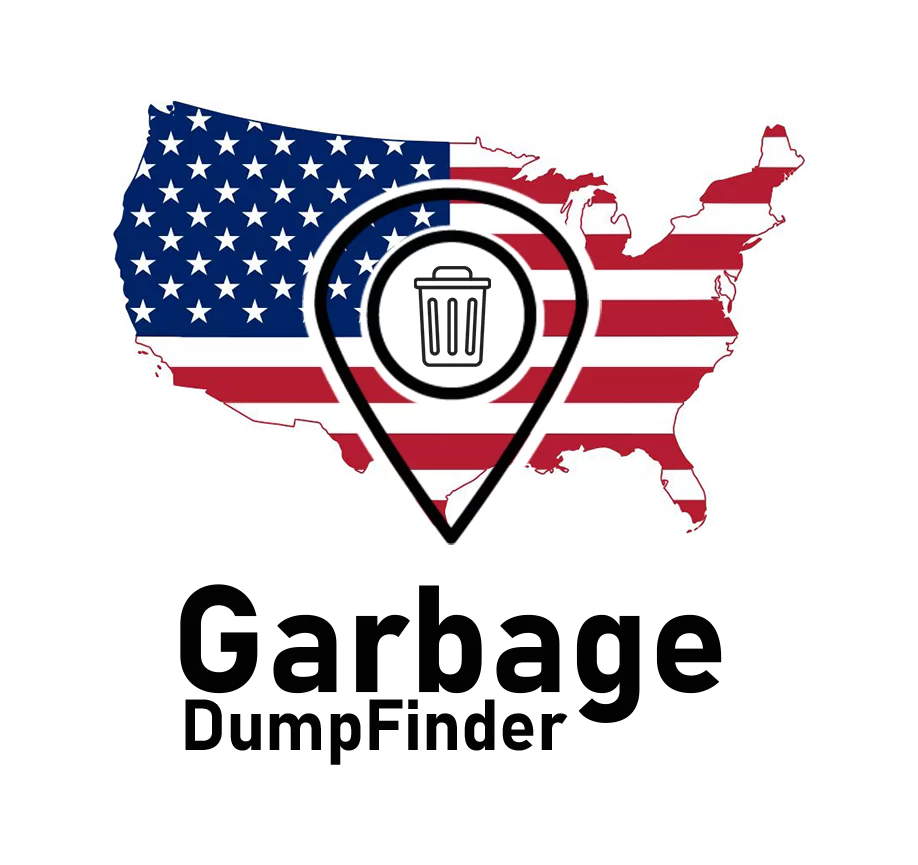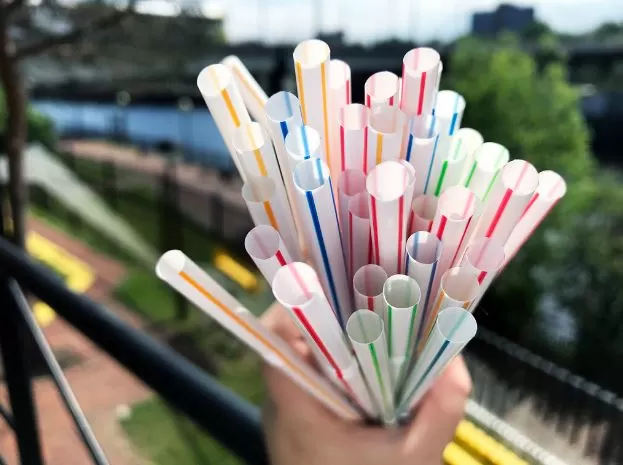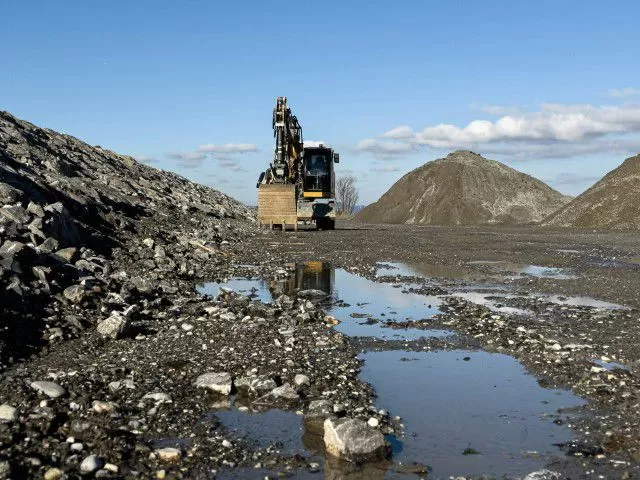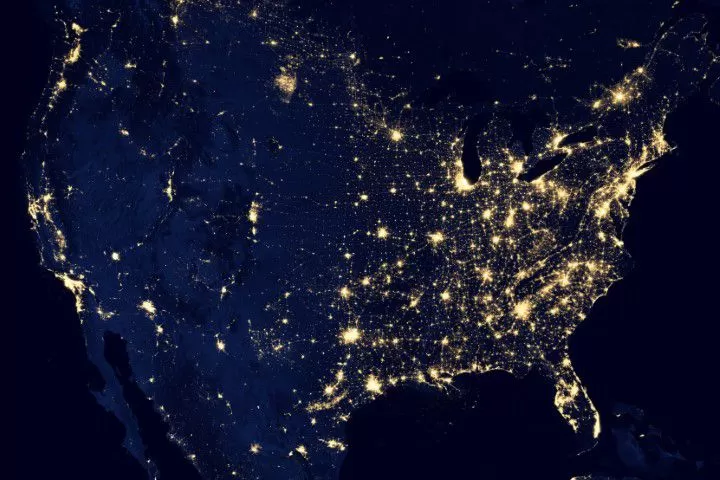
The history of landfills in America is a fascinating journey that reflects broader societal changes, technological advancements, and evolving environmental awareness. From the early days of open dumps to the sophisticated engineered landfills of today, waste management practices have undergone significant transformations. Understanding this history is essential for appreciating the complexities of modern waste management and the challenges we face in dealing with the ever-growing amount of trash generated by American society.
The Early Days: Open Dumps and the Dawn of Waste Management
In the early days of American history, waste disposal was a relatively simple affair. Most waste was organic and biodegradable, consisting primarily of food scraps, ashes from wood fires, and other natural materials. These were often disposed of in open pits or simply left to decompose in place. In rural areas, people managed their waste on-site, while in burgeoning urban centers, waste was often dumped into nearby rivers, streets, or vacant lots.
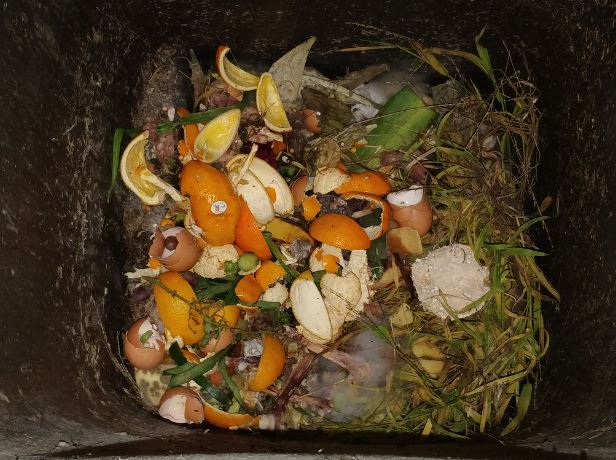
The lack of formal waste management systems in the 19th century led to numerous public health issues, particularly in rapidly growing cities. The accumulation of waste in open dumps attracted vermin, spread disease, and created unsanitary living conditions. These issues were particularly acute during the Industrial Revolution, as urban populations swelled and the nature of waste changed with the advent of mass production and consumer goods.
By the late 1800s, public health officials began to recognize the need for more systematic approaches to waste management. Cities like New York and Chicago started experimenting with organized waste collection, often employing horse-drawn carts to gather refuse from city streets. However, the collected waste was still often disposed of in unsanitary ways, such as dumping it into rivers or creating open-air dumps on the outskirts of towns.
The Birth of the Sanitary Landfill
The concept of a “sanitary landfill” as we know it today emerged in the early 20th century as a response to the growing waste problem and the public health issues associated with open dumps. The sanitary landfill was a significant improvement over earlier methods, incorporating practices designed to minimize the health and environmental impacts of waste disposal.
Sanitary landfills were first developed in England in the 1920s and introduced to the United States shortly thereafter. The basic principle was to spread waste in thin layers, compact it, and then cover it with a layer of soil to minimize odor, pests, and the risk of fire. This method helped to control the immediate environmental and health hazards associated with open dumps, although it did not address the long-term environmental impacts, such as groundwater contamination or methane emissions.
The first recognized sanitary landfill in the United States was established in Fresno, California, in 1937. The success of this model led to its adoption in other cities across the country. However, the widespread use of sanitary landfills did not become common until after World War II, when America’s waste production began to skyrocket due to increased consumerism and the growth of disposable products.
Post-War Boom: The Rise of the Modern Landfill
The post-World War II era marked a significant turning point in the history of landfills in America. The economic boom of the 1950s and 1960s led to a dramatic increase in the production and consumption of goods, resulting in a corresponding increase in waste. This period saw the rise of the “throwaway culture,” characterized by the proliferation of single-use products, packaging, and convenience items that were designed to be discarded after a single use.
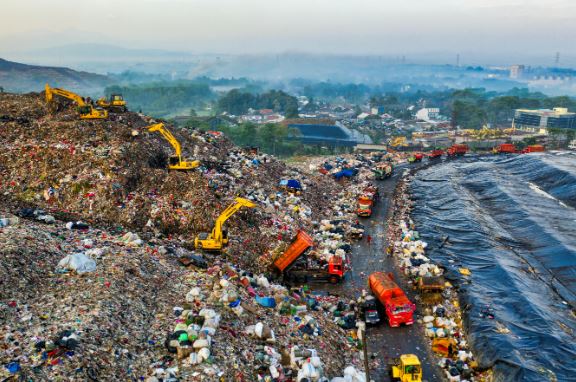
As the volume of waste grew, so did the need for more landfills. Throughout the 1950s and 1960s, hundreds of new landfills were established across the United States, often without much regard for environmental considerations. Many of these early landfills were little more than large pits where waste was dumped and occasionally covered with soil. There was minimal regulation or oversight, leading to numerous environmental problems, including the contamination of groundwater by leachate—a toxic liquid that forms when rainwater percolates through the waste.
Despite these issues, landfills remained the primary method of waste disposal during this period. The convenience and low cost of landfilling made it an attractive option for municipalities, especially as urbanization increased and available land became more scarce.
The Environmental Movement and Regulatory Changes
The environmental movement of the 1960s and 1970s brought significant changes to waste management practices in the United States. As public awareness of environmental issues grew, so too did concern about the impact of landfills on the environment and public health. High-profile environmental disasters, such as the Love Canal incident in the late 1970s, where toxic waste buried in an old landfill contaminated a neighborhood in New York, highlighted the dangers of inadequate waste management.
In response to these growing concerns, the U.S. government began to take action. The Resource Conservation and Recovery Act (RCRA) of 1976 was a landmark piece of legislation that established a comprehensive framework for the management of solid and hazardous waste. Under RCRA, landfills were required to meet more stringent standards for design, operation, and closure, including the installation of liners and leachate collection systems to prevent groundwater contamination.
The Environmental Protection Agency (EPA) also began to regulate landfill emissions, particularly methane, which is a potent greenhouse gas. The Clean Air Act Amendments of 1990 further strengthened these regulations, requiring landfills to install gas collection and control systems to capture and either flare or use the methane for energy production.
These regulatory changes marked a significant shift in the way landfills were managed in the United States. Landfills were no longer seen as simple disposal sites but as complex engineering projects that required careful planning and ongoing management to minimize their environmental impact.
The Rise of Recycling and Waste Diversion
As environmental awareness continued to grow, so too did interest in alternatives to landfilling. The 1980s and 1990s saw a significant expansion of recycling programs across the United States, driven by both grassroots activism and government initiatives. The introduction of curbside recycling programs in many cities provided residents with an easy way to separate recyclables from their household waste, diverting significant amounts of material from landfills.
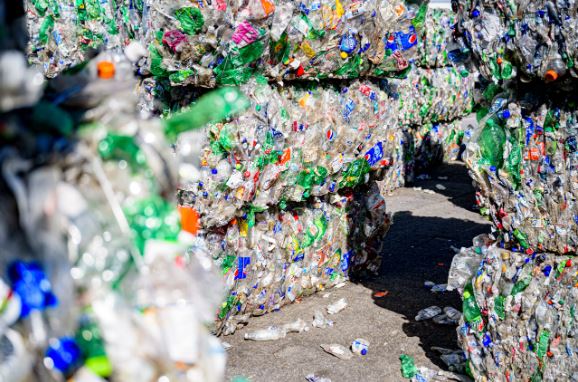
Composting programs also gained popularity during this period, particularly for managing organic waste like food scraps and yard trimmings. By diverting organic waste from landfills, composting not only reduced the volume of waste but also helped to mitigate methane emissions, as organic matter decomposing in landfills is a major source of this potent greenhouse gas.
Despite these efforts, landfills remained the dominant method of waste disposal throughout the late 20th century. However, the growing emphasis on waste diversion and resource recovery set the stage for more sustainable waste management practices in the 21st century.
Modern Landfills: Engineering and Environmental Safeguards
Today, modern landfills are highly engineered facilities designed to minimize their environmental impact. They are equipped with multiple layers of protection, including synthetic liners, leachate collection systems, and gas collection systems to manage methane emissions. Landfills are also subject to strict regulatory oversight, with requirements for monitoring groundwater, air quality, and other environmental indicators.
In addition to these technical improvements, there has been a shift in the way society views waste. The concept of the circular economy, which seeks to keep resources in use for as long as possible through recycling, reuse, and composting, has gained traction as a way to reduce the reliance on landfills. Waste-to-energy technologies, which convert waste into electricity or heat, have also become more common, providing an alternative to traditional landfilling.
However, challenges remain. The United States still generates a significant amount of waste, much of which ends up in landfills. While recycling rates have improved, they vary widely by region, and contamination remains a major issue. Additionally, the environmental justice movement has highlighted the disproportionate impact of landfills on low-income and minority communities, raising important questions about equity in waste management.
Conclusion
The history of landfills in America is a story of evolution, from the open dumps of the 19th century to the sophisticated waste management systems of today. Over the decades, our understanding of the environmental and health impacts of waste disposal has grown, leading to significant improvements in landfill design and operation. However, as we look to the future, it is clear that further progress is needed to reduce our reliance on landfills and move toward more sustainable waste management practices.
As we continue to grapple with the challenges of waste disposal, the lessons of the past will be invaluable in guiding us toward a more sustainable and equitable future. By embracing new technologies, promoting waste diversion, and addressing the environmental justice issues associated with landfills, we can build a waste management system that is not only efficient but also environmentally responsible and socially just.
Sources
- U.S. Environmental Protection Agency (EPA) – History of RCRA
- National Geographic – How America Disposes of Its Trash
- The New York Times – The Evolution of Waste Management
- Smithsonian Magazine – The History of Sanitary Landfills
- Environmental Research and Public Health – Environmental Impact of Landfills

Peter Lars has long been an advocate for reusing and recycling whenever you can. He has a passion for writing about every related to landfills and garbage dumps, and unlikely as that may seem.
Plastic Perils: How Single-Use Plastics are Filling Up America’s Landfills
Single-use plastics, those convenient yet disposable items like straws, bags,…
The History of Landfills in America: How Waste Management Evolved Over the Decades
The history of landfills in America is a fascinating journey…
The Circular Economy: Can It Solve America’s Landfill Problem?
As America grapples with its mounting landfill crisis, the concept…
Landfill Legacy: The Environmental Justice Issues Surrounding Waste Disposal in America
In the United States, the legacy of landfills is more…
The Role of Landfills in Climate Change: What Americans Need to Know
When we think about climate change, images of smokestacks, deforestation,…
Zero Waste: A Feasible Goal for American Households?
Imagine a world where the contents of your trash bin…
